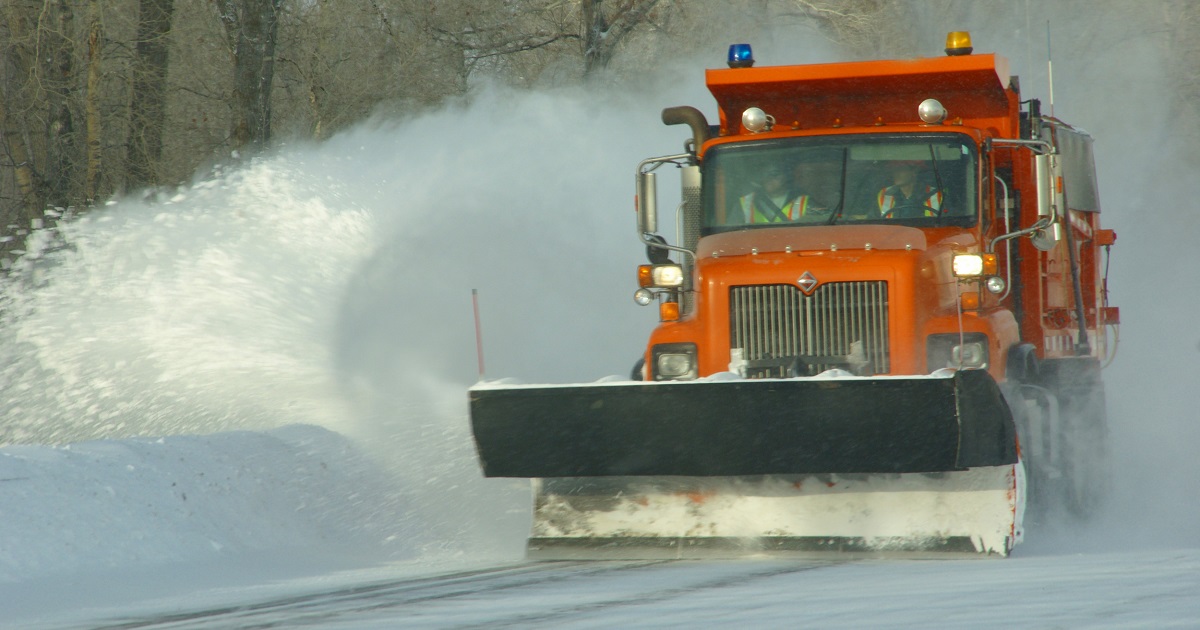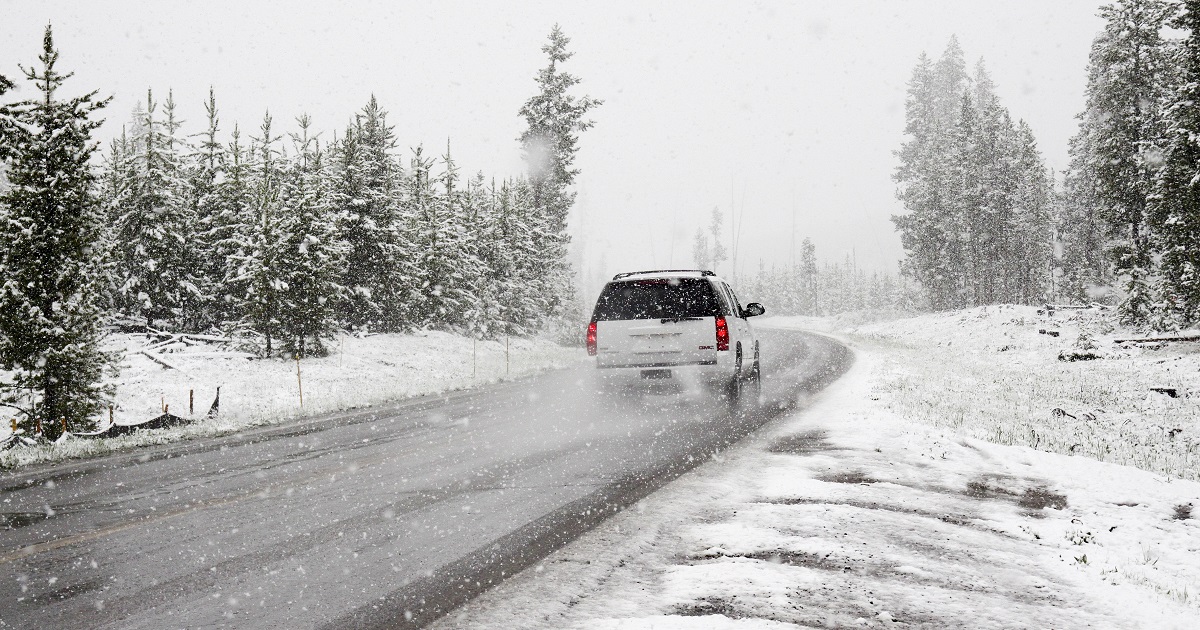For Media Inquiries
Contact Revee White, Director of Marketing and Communications at rwhite1@mem-ins.com or 573.499.4190.
As we welcome winter weather this year, it’s important to keep winter safety in mind. Slick roads make safe driving a challenge. Cold winds put our bodies at risk. Changes in the temperature and conditions affect us more than we think. Employers need to have a plan in place to protect employees.
On this episode of the WorkSAFE Podcast, we discuss winter safety with Karen Hamel. She is a Regulatory Expert and Trainer for Halen Hardy, LLC. Hamel has more than 22 years of experience as a certified safety professional. She also provides training, guidance on OSHA regulations, and audits walkways for safety.

First, we’ll discuss the hazards employees face in colder temperatures. Then, we’ll talk about three essential ways to prepare your workforce for winter. Finally, we’ll share the winter safety essentials every employee should have when working in cold conditions.
Listen to this episode on the WorkSAFE Podcast, or read the show notes below.
Winter hazards: How cold weather puts employees at risk
Winter weather across the country brings ice, snow, and frosty winds. All of these put employees at risk, especially those who work outside. Employers should be familiar with winter hazards. Are you prepared for the challenges your employees may face in the winter?
Slips and falls
Slips and trips are some of the most common winter safety hazards. Ice and snow can coat outside walkways. Wet floors create hazardous walkways inside. Without the right footwear, employees are also at increased risk of falling.
Dehydration
Employees have to work harder in the winter. Wearing multiple layers restricts their movement. Simple tasks may take more effort and time to finish.
Moisture is lost when employees breathe and sweat. Hamel pointed out that many winter fabrics are designed to wick away sweat. Even when working hard, employees often feel dry. They don’t even realize how much they are sweating – or how much fluid they are losing.
Cold injuries
In winter weather, exposed skin is at risk of cold injuries like frostbite. Hypothermia is also a seasonal hazard. Temperatures don’t have to be dangerously low to cause injury. According to Hamel, just 60 degrees is enough to induce a cold injury or hypothermia event.

Training employees in winter safety
Training is a major factor in keeping employees safe. For Hamel, winter safety training is essential. It should begin in the fall season. Several months pass between winter seasons. Employees may have forgotten important safety rules and behaviors. Don’t assume employees remember. Train them often. Make sure they are prepared for working in winter weather.
Slip, trip, and fall training
Snow and ice are a part of winter weather. “When you look at slips and falls, a majority of those do happen in the winter months,” Hamel said. Where there are wet or icy walking surfaces, slips, trips, and falls are a risk. Ice and snow require employees to prepare and walk differently.
Hydration breaks
Employees dehydrate quickly in the winter. Instruct leadership on the importance of taking breaks, even in winter. Establish a warm place for employees to take breaks. Provide them with water and other fluids to rehydrate. “Warm drinks are fine, but stick with a hot chocolate or sugary drink,” Hamel added. Drinks with caffeine can cause the body to dehydrate quickly.
Extra work time
Regular work tasks may take longer to complete in the winter. More time may be needed to clear or prepare a work area. Working with more layers of clothing can also slow employees down. They may require more time to finish their work. Train supervisors and managers on these needs.

Winter safety essentials
Supplies are an important way to be prepared for winter weather. Employees should have everything they need to work safely on the job – before the season starts. Hamel recommends that each employee have the following items:
- Personal protective equipment (PPE). This includes hats, jackets, and reflective vests if needed. Provide proper footwear for winter conditions. This can prevent slips and falls.
- Gloves. Employees without gloves tend to put their hands in their pockets to keep them warm. If they slip or fall, then it could result in a serious injury. Provide gloves to keep hands free.
- A thermos. Cold temperatures cause liquids to cool or freeze. Chilly drinks won’t help warm up the body. A frozen water bottle or sports drink won’t help a dehydrated employee. Use a thermos to keep drinks from freezing.
- Food. The right snack can give employees energy to power through until their next break. Go for granola bars, peanut butter sandwiches, or snacks high in protein.
- A shovel, sand, and ice melt. Winter weather can happen in a flash. If employees are using vehicles, make sure they have what they need to combat a sudden snow shower or slick spot.
- Emergency blanket. If your employee does get stuck in winter weather, then a blanket is essential. Keep one in each company vehicle can help prevent hypothermia and frostbite.
Start preparing for winter safety now
Now is the time to focus on winter safety. Inspect fleet vehicles. Check your winter equipment. Don’t wait until you need them to discover they need repairs. Make sure snow blowers, Bobcats, and salt spreaders are in working order.
“You don’t have to have the latest, greatest most-expensive gadgets in the workplace for your job to be safe,” Hamel said. As long as your equipment is in good condition, it’s often the best option. Employees have used it before. They are familiar with how it works. If you do opt to buy new equipment, then give employees time to test it. Don’t let the first time they use it be out on the job.
With the right training and preparation, employees can be safe working in winter weather.
For more resources on winter safety, visit our Resource Library. Then, learn how to prepare your employees for winter driving by tuning into this episode of the WorkSAFE Podcast.